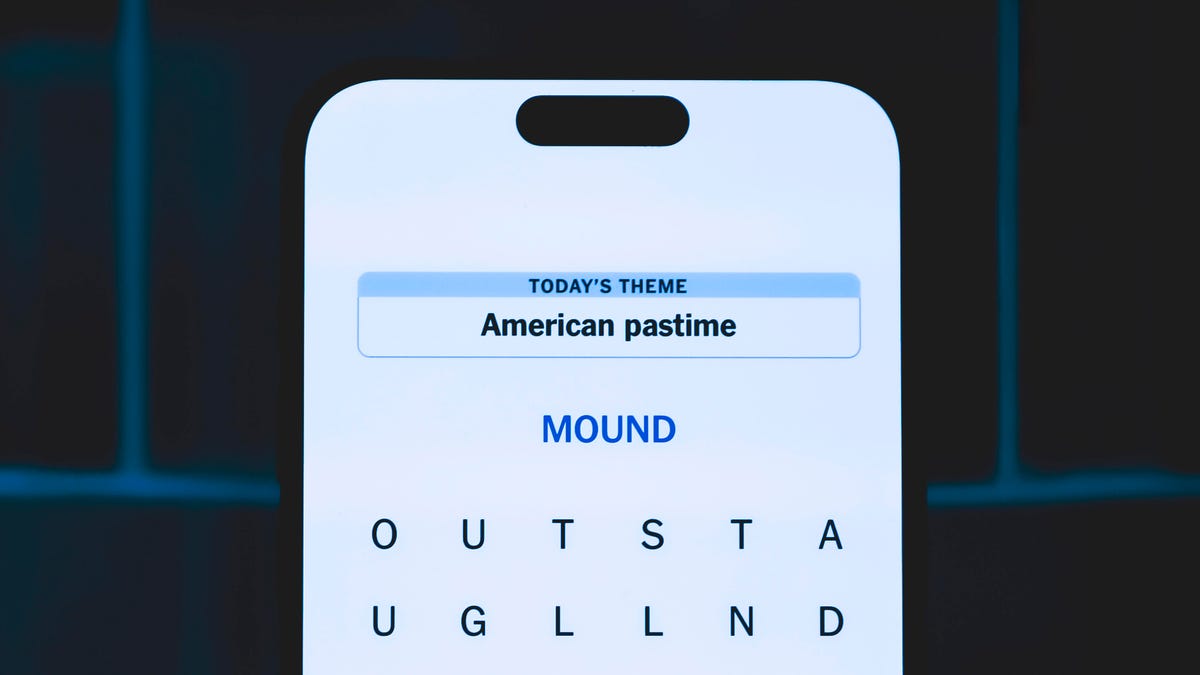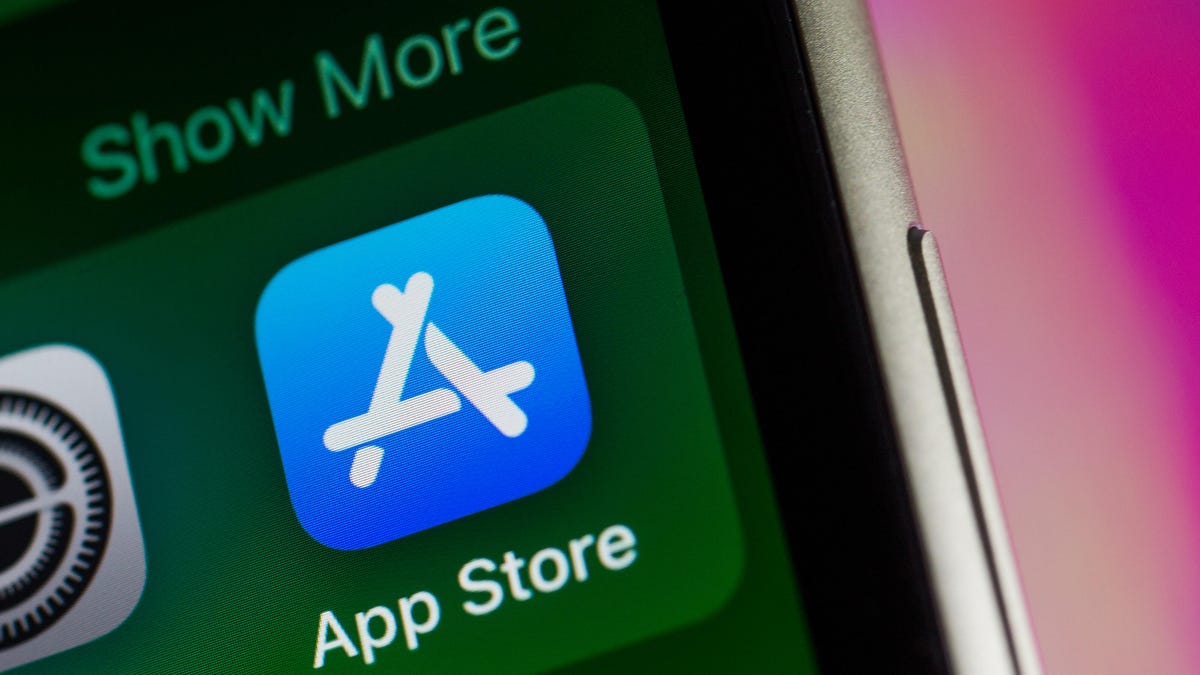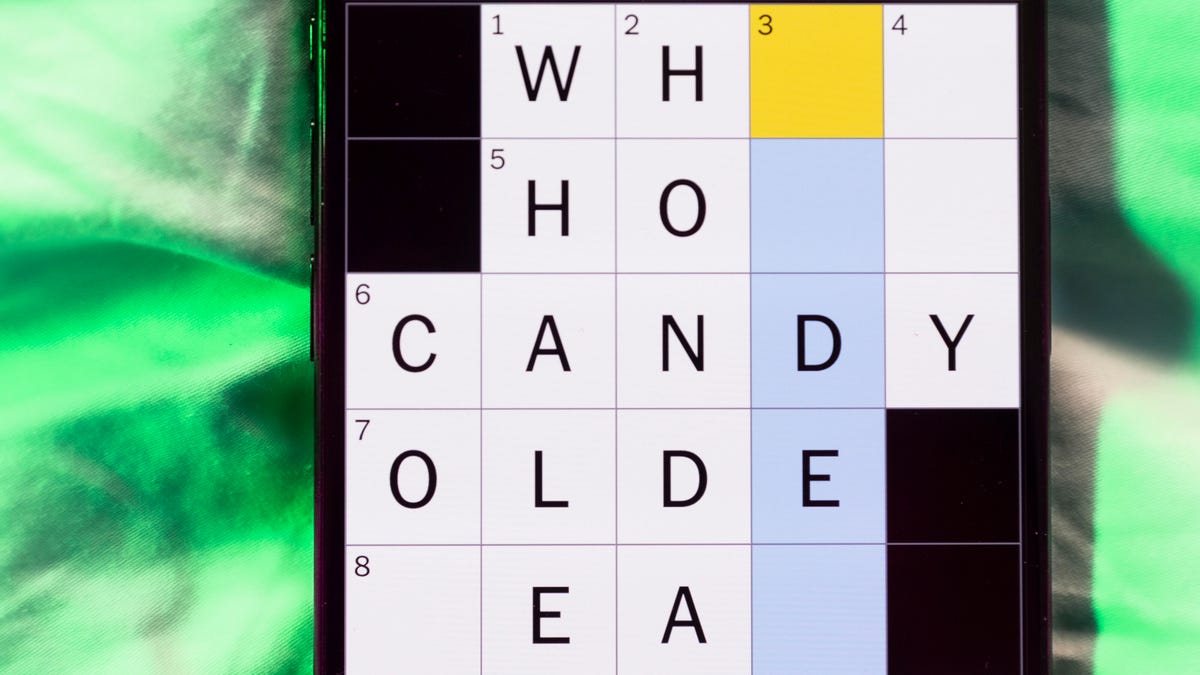Technologies
COVID delta variant fears spur booster shot plans around the world. The latest update
The WHO calls for a pause in the world’s booster plans, while San Francisco gives Johnson & Johnson recipients the green light for an mRNA dose. Here’s what’s going on with boosters.

Calling the eradication of the COVID-19 virus «unlikely,» a UK scientific advisory group says (PDF) there is a «realistic possibility» that a variant will emerge that is resistant to the current battery of vaccines. Governments, public health organizations and vaccine makers are all tracking developments in coronavirus variants like delta and lambda, hoping to answer the question if booster shotstargeting new variants will be needed soon.
«Things are going to get worse,» Dr. Anthony Fauci, the chief medical advisor to the president, said Sunday on ABC’s This Week.
Currently in the US, «breakthrough» coronavirus cases caused by the dominant delta variant amount to less than 1% of people who are fully vaccinated. Both Moderna and Pfizer vaccines are proven to be over 90% effective against hospitalizations and death. The surge in new COVID-19 cases are primarily affecting unvaccinated people and causing community spread, and in turn, the return of mask mandates and guidance in hard-hit areas, even for people who have full vaccine protection. The debate over mask use and vaccine boosters underscores how scientists and other health experts continue to grapple with the uncertainties of COVID-19.
The Centers for Disease Control and Prevention’s recent study shows that vaccinated people can both contract the highly contagious delta variant and spread it. According to a widely reported internal CDC memo, the delta variant spreads as easily as chicken pox, which is considered more contagious than the flu and less contagious than measles.
To prepare for the possibility of a booster shot, the CDC said it’s weighing a third vaccine dose for people with compromised immune systems. Over the weekend, Israel began administering third doses of the vaccine to those 60 and older, and the UK plans to do the same. However, this is resulting in a backlash among countries that are struggling to deliver first and second shots to residents.
On Wednesday, World Health Organization Director-General Tedros Adhanom Ghebreyesus called for a «moratorium» on booster shots in high-income countries, citing the global disparity in vaccine distribution. Of the 4 billion doses administered globally, 80% have gone to high- and upper-middle income countries that make up less than half of the world’s population, he said.
«We cannot accept countries that have already used most of the global supply of vaccines using even more of it, while the world’s most vulnerable people remain unprotected,» Tedros said.
What does all of this mean in the US? Here’s what we know about COVID booster shots now.
Booster shot vs. new COVID vaccine: There’s a difference
Along with Moderna, Pfizer’s current two-dose vaccine provides powerful and effective protection against all known variants of COVID-19, including the delta variant, according to ongoing studies and self-reported statistics. But Pfizer also announced in July that a third dose of its vaccine is currently under development. The company said its own research showed a booster shot of its current vaccine increased antibody levels five to 10 times higher over its two-dose shots, noting that its results have not been published or peer-reviewed.
Pfizer said it believes the level of protection the first two doses of its vaccine provide can gradually decrease over time, and a third booster dose may be needed «within six to 12 months» after a person is fully vaccinated with the first two doses. Pfizer said a booster shot could enhance protection against the delta variant, which has been known to infect fully vaccinated people. Clinical trials on the booster are set to begin, as Pfizer seeks approval from government regulators for a third dose.
However, while a booster shot would complement the two doses of its existing vaccine, Pfizer is also separately working on a new vaccine formulation targeting the delta variant.
What do the CDC, FDA and WHO think about a booster shot?
The CDC and FDA initially exercised caution over a booster shot.
«People who are fully vaccinated are protected from severe disease and death, including from the variants currently circulating in the country such as delta,» the CDC and FDA said in a July 8 joint statement, without naming Pfizer. The government agencies emphasized the need for all eligible people to receive full doses of one of the approved vaccines, all of which are free.
The CDC and FDA said the question of a booster requires extensive scientific data and doesn’t depend on the input from pharmaceutical companies alone. «Virtually all COVID-19 hospitalizations and deaths are among those who are unvaccinated,» the statement mentioned, adding that the agencies will approve booster doses «if and when the science demonstrates that they are needed.»
New research has demonstrated a need. There is a growing consensus among Biden administration health officials that older individuals and those with compromised immune systems may, in fact, need a third shot. At a White House press briefing Thursday, Fauci said that it is «extremely important for us to move» to get immunocompromised people a booster, citing observational data that they generally aren’t «adequately protected» with the standard vaccine dose.
«We are now working on that, and we’ll make that be implemented as quickly as possible,» Fauci said. About 2.7% of the US adult population is immunosuppressed, CNBC reported, but immunocompromised people make up about 44% of people hospitalized with COVID complications.
Earlier in the week, at a WHO press briefing Wednesday, Tedros said that while he understands «the concern of all governments to protect their people from the delta variant,» booster shots shouldn’t be prioritized until the world’s most vulnerable people and health care workers are vaccinated.
«We call on vaccine producers to prioritize Covax,» Tedros said, referring to the world’s COVID-19 vaccine distribution program.
Is Moderna also planning to develop a booster shot?
While scientists and public health officials continue to study if those who are fully vaccinated will need a booster shot, Moderna said — along with Pfizer — it is exploring a third vaccine dose to complement the initial two vaccine shots.
I got Johnson & Johnson — Do I need a booster?
No, fully vaccinated Americans don’t need a booster yet, including those who got the single dose of Johnson & Johnson’s COVID vaccine, according to the country’s health officials. But residents in San Francisco who received Johnson & Johnson’s one-dose COVID vaccine were given the green light Tuesday to get a dose of an mRNA vaccine, though it still isn’t recommended by the city’s health department.
Dr. Grant Colfax, San Francisco’s health director, said that there isn’t conclusive evidence that getting a dose of Pfizer or Moderna benefits those who got the J&J shot, but there’s also not evidence to show it’s harmful, the San Francisco Chronicle reported.
«If people received the Johnson & Johnson and are requesting a second shot, we will accommodate them, but our policy has not changed,» Colfax said.
San Francisco’s decision to legitimize Johnson & Johnson vaccine recipients getting an mRNA vaccine comes in light of a small study that suggests the vaccine isn’t nearly as effective against the delta variant as the other vaccines. (Another study suggests that Johnson & Johnson remains effective, and the drug-maker continues to claim the vaccine is effective.)
Would the booster shot be free?
The current one-dose vaccine shot from Johnson & Johnson and two-dose versions from Moderna and Pfizer are free to anyone who wants to get vaccinated. According to the Biden administration, COVID-19 booster shots will also be free, if and when they’re approved.
Is it a good idea to mix and match COVID vaccines?
The CDC doesn’t recommend mixing and matching vaccines from the different makers, saying it hasn’t evaluated the effectiveness of mixing vaccine doses and that the «vaccines are not interchangeable.»
However, other global health agencies and countries are testing administered vaccines from two different manufacturers. In the UK, for example, a recent study found that those who received a first dose of the AstraZeneca vaccine and a second of Pfizer had a higher immune response than those who received two doses of the AstraZeneca vaccine.
In early June, the National Institutes of Health started a trial that tests mixing COVID-19 vaccines, and will determine if those who got Pfizer or J&J initially can safely receive a Moderna booster. The initial results of the study are expected in late summer 2021, the NIH said in a news release.
While we wait to see how the situation develops, here’s what we know about the delta variant, more about COVID-19 boosters and if you need to continue to wear a mask.
The information contained in this article is for educational and informational purposes only and is not intended as health or medical advice. Always consult a physician or other qualified health provider regarding any questions you may have about a medical condition or health objectives.
Technologies
Today’s NYT Strands Hints, Answers and Help for Dec. 25 #662
Here are hints and answers for the NYT Strands puzzle for Dec. 25, No. 662.

Looking for the most recent Strands answer? Click here for our daily Strands hints, as well as our daily answers and hints for The New York Times Mini Crossword, Wordle, Connections and Connections: Sports Edition puzzles.
Today’s NYT Strands puzzle has a holiday theme, and if you know a certain Christmas carol, you’ll quickly determine which words to hunt down. Some of the answers are difficult to unscramble, so if you need hints and answers, read on.
I go into depth about the rules for Strands in this story.
If you’re looking for today’s Wordle, Connections and Mini Crossword answers, you can visit CNET’s NYT puzzle hints page.
Read more: NYT Connections Turns 1: These Are the 5 Toughest Puzzles So Far
Hint for today’s Strands puzzle
Today’s Strands theme is: Carolers count.
If that doesn’t help you, here’s a clue: Five golden rings.
Clue words to unlock in-game hints
Your goal is to find hidden words that fit the puzzle’s theme. If you’re stuck, find any words you can. Every time you find three words of four letters or more, Strands will reveal one of the theme words. These are the words I used to get those hints but any words of four or more letters that you find will work:
- RIMS, HIMS, MARS, CHIME, CHIMES, MADS, DATE, DIAL, WAIL
Answers for today’s Strands puzzle
These are the answers that tie into the theme. The goal of the puzzle is to find them all, including the spangram, a theme word that reaches from one side of the puzzle to the other. When you have all of them (I originally thought there were always eight but learned that the number can vary), every letter on the board will be used. Here are the nonspangram answers:
- LORDS, MAIDS, SWANS, LADIES, PIPERS, DRUMMERS
Today’s Strands spangram
Today’s Strands spangram is CHRISTMASDAYS. To find it, look for the C that’s three letters down on the far-left row, and wind across.
Don’t miss any of our unbiased tech content and lab-based reviews. Add CNET as a preferred Google source.
Toughest Strands puzzles
Here are some of the Strands topics I’ve found to be the toughest in recent weeks.
#1: Dated slang, Jan. 21. Maybe you didn’t even use this lingo when it was cool. Toughest word: PHAT.
#2: Thar she blows! Jan.15. I guess marine biologists might ace this one. Toughest word: BALEEN or RIGHT.
#3: Off the hook, Jan. 9. Similar to the Jan. 15 puzzle in that it helps to know a lot about sea creatures. Sorry, Charlie. Toughest word: BIGEYE or SKIPJACK.
Technologies
Judge Blocks Texas App Store Age-Check Law
A preliminary injunction found the Texas law, set to begin Jan. 1, is «more likely than not unconstitutional.»

A new Texas state law set to take effect on Jan. 1 would have required app stores to implement age verification processes. But the law has been put on hold, at least temporarily, by a federal court judge.
As reported by the Texas Tribune, Senate Bill 2420, also known as the Texas App Store Accountability Act, is the subject of a temporary injunction issued by US District Judge Robert Pitman.
Pitman said in his decision that the law as written is broad, vague and «more likely than not unconstitutional.» However, he also wrote the court «recognizes the importance of ongoing efforts to better safeguard children when they are on their devices.»
Don’t miss any of our unbiased tech content and lab-based reviews. Add CNET as a preferred Google source.
The Texas law, signed into law by Governor Greg Abbott in May, requires app store operators — including Apple, Google, Nintendo, Steam and more — to build age verification processes for the storefronts and to only allow downloads to minors who obtain parental consent. The injunction is a ruling in an October lawsuit filed by the Computer & Communication Industry Association.
CCIA senior vice president Stephanie Joyce said in a statement, «This Order stops the Texas App Store Accountability Act from taking effect in order to preserve the First Amendment rights of app stores, app developers, parents, and younger internet users. It also protects parents’ inviolate right to use their own judgment in safeguarding their children online using the myriad tools our members provide.»
Other individuals and the advocacy group Students Engaged in Advancing Texas also filed suits over the law, the Texas Tribune reported.
App Store Accountability Act
The bill author, State Senator Angela Paxton, said the bill was meant to give parents «common sense tools to protect their kids and to survive court challenges by those who may have lesser priorities.»
The language of Texas Senate Bill 2420 does not only include mobile app stores from Apple or Google, but any «website, software application, or other electronic service that distributes software applications from the owner or developer of a software application to the user of a mobile device.»
By that definition, websites with links to browser games or mobile game consoles with download options would fall under the Texas law as written. The law also defines mobile devices as including phones and tablets, as well as any other handheld device capable of transmitting or storing information wirelessly.
The parental consent aspect of the law requires those under 18 to have an app store account affiliated with a parent or guardian to purchase or download applications.
Age verification elsewhere
In an effort to keep adult materials out of reach of minors and to protect children from potentially harmful content and interactions, tech companies have been compelled by law or through legal action to verify the age of users.
Roblox, which has a huge audience of minors, began rolling out stricter age verification after investigations and lawsuits hurt its reputation as a safe gaming space. Australia is perhaps the most large-scale example of a government restricting access to online content. In December, Australia began restricting social media access to those 16 and older. Reddit recently challenged that law.
In the US, age verification laws have primarily targeted adult sites. Texas already has a law on the books that requires adult sites to age-block their content. The Supreme Court upheld that law in a June ruling. The UK has also enacted age restriction rules for adult sites as have other US states.
Technologies
Today’s NYT Mini Crossword Answers for Thursday, Dec. 25
Here are the answers for The New York Times Mini Crossword for Dec. 25.

Looking for the most recent Mini Crossword answer? Click here for today’s Mini Crossword hints, as well as our daily answers and hints for The New York Times Wordle, Strands, Connections and Connections: Sports Edition puzzles.
Need some help with today’s Mini Crossword? Of course, there’s a very Christmassy clue involved. And once you solve the entire puzzle, look at the letters used in all the answers and see what they have in common. (5-Across will tell you!) Read on for all the answers. And if you could use some hints and guidance for daily solving, check out our Mini Crossword tips.
If you’re looking for today’s Wordle, Connections, Connections: Sports Edition and Strands answers, you can visit CNET’s NYT puzzle hints page.
Read more: Tips and Tricks for Solving The New York Times Mini Crossword
Let’s get to those Mini Crossword clues and answers.
Mini across clues and answers
1A clue: ___ King Cole, singer with the album «The Magic of Christmas»
Answer: NAT
4A clue: Body drawings, informally
Answer: TATS
5A clue: Letters to ___ (what this Mini was made with)
Answer: SANTA
6A clue: Huge fan, in slang
Answer: STAN
7A clue: «Illmatic» rapper
Answer: NAS
Mini down clues and answers
1D clue: Grandmothers, by another name
Answer: NANAS
2D clue: Abbr. before a name on a memo
Answer: ATTN
3D clue: Org. with long lines around the holidays
Answer: TSA
4D clue: «See ya later!»
Answer: TATA
5D clue: Govt.-issued ID
Answer: SSN
Don’t miss any of our unbiased tech content and lab-based reviews. Add CNET as a preferred Google source.
-

 Technologies3 года ago
Technologies3 года agoTech Companies Need to Be Held Accountable for Security, Experts Say
-

 Technologies3 года ago
Technologies3 года agoBest Handheld Game Console in 2023
-

 Technologies3 года ago
Technologies3 года agoTighten Up Your VR Game With the Best Head Straps for Quest 2
-

 Technologies4 года ago
Technologies4 года agoBlack Friday 2021: The best deals on TVs, headphones, kitchenware, and more
-

 Technologies4 года ago
Technologies4 года agoVerum, Wickr and Threema: next generation secured messengers
-

 Technologies4 года ago
Technologies4 года agoGoogle to require vaccinations as Silicon Valley rethinks return-to-office policies
-

 Technologies4 года ago
Technologies4 года agoOlivia Harlan Dekker for Verum Messenger
-

 Technologies4 года ago
Technologies4 года agoiPhone 13 event: How to watch Apple’s big announcement tomorrow
